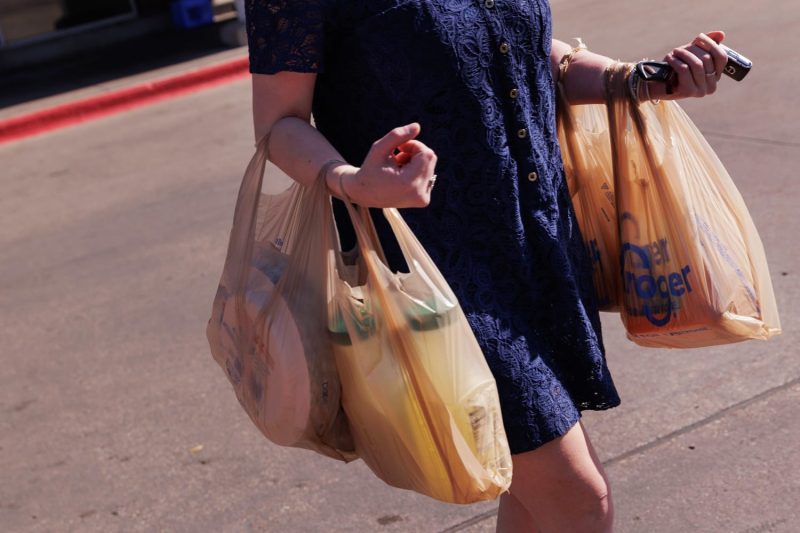The recent report on the key Federal Reserve inflation gauge cooling to its slowest rate in over three years has raised concerns about the state of the economy and the implications for monetary policy moving forward. Inflation, a measure of the rate of increase in the general level of prices for goods and services, plays a crucial role in shaping economic trends and informing central banks’ decisions.
The core personal consumption expenditures (PCE) price index, the preferred gauge of inflation by the Federal Reserve, increased by only 1.4% in the 12 months through February, the slowest pace since September 2017. This data suggests that inflationary pressures are subdued, reflecting weak demand and economic uncertainty stemming from the ongoing COVID-19 pandemic.
Several factors contribute to the trend of lower inflation, including the sluggish recovery in consumer spending, high unemployment rates, and disruptions in the supply chain due to pandemic-related restrictions. Consumer spending, a significant driver of economic activity, has been hampered by reduced income levels, business closures, and social distancing measures, limiting overall demand for goods and services.
Moreover, the labor market continues to face challenges, with millions of Americans still unemployed or underemployed. This underutilization of labor resources exerts downward pressure on wages and overall prices, further dampening inflationary expectations. As a result, businesses may be hesitant to raise prices in a weak demand environment to avoid losing customers, leading to stagnant inflation rates.
The Federal Reserve closely monitors inflation dynamics to achieve its dual mandate of price stability and maximum employment. In response to the current low inflation environment, the Fed has signaled its commitment to maintaining accommodative monetary policy measures, including near-zero interest rates and asset purchases, to support the economy and stimulate inflation to reach its target of 2%.
However, the persistently low inflation trends pose challenges for policymakers in achieving their objectives. Below-target inflation can hinder economic growth and lead to deflationary pressures, where falling prices reduce consumer spending and business investments, creating a negative feedback loop that depresses economic activity.
Looking ahead, the path of inflation remains uncertain, contingent on the pace of the economic recovery, vaccine distribution, and containment of the virus. As the economy gradually reopens and demand picks up, inflation may start to increase, but the timing and magnitude of the rebound are subject to various risks and uncertainties.
In conclusion, the cooling of the key Federal Reserve inflation gauge to its slowest rate in over three years underscores the challenges facing the economy amid the pandemic-induced downturn. Policymakers must remain vigilant and responsive to evolving economic conditions to ensure a sustainable recovery and achieve their policy objectives in a low-inflation environment.
